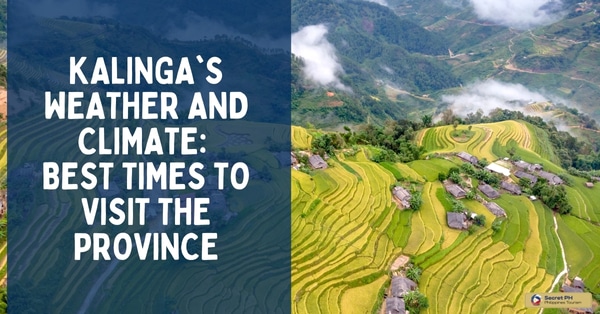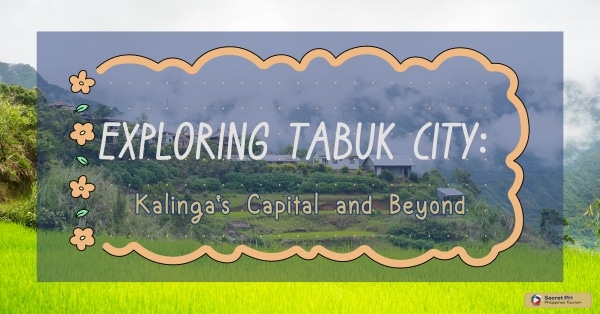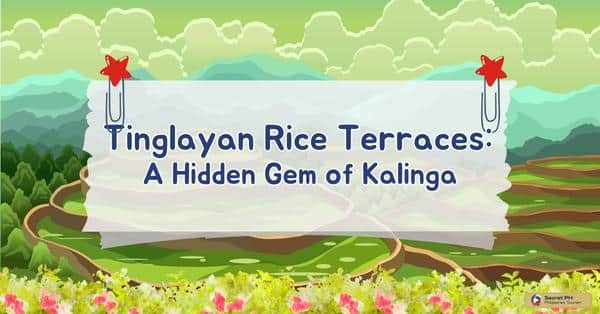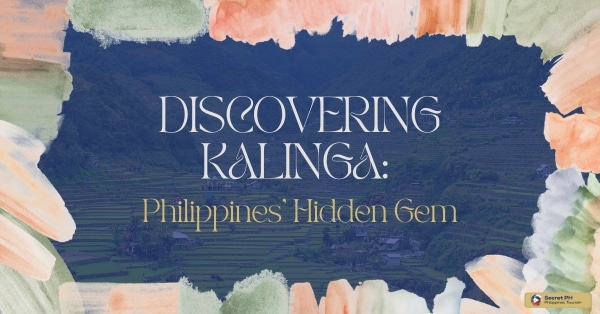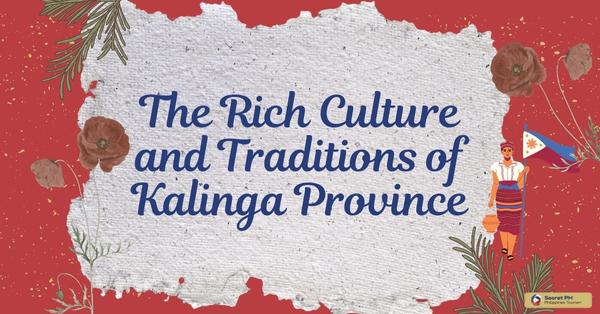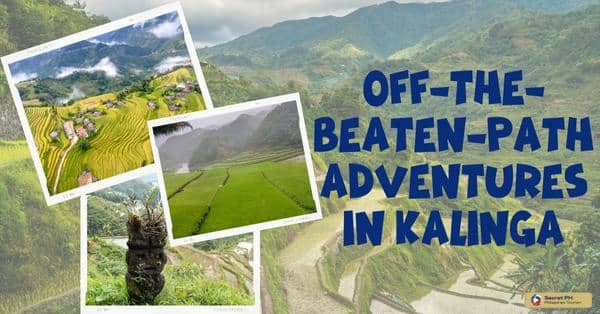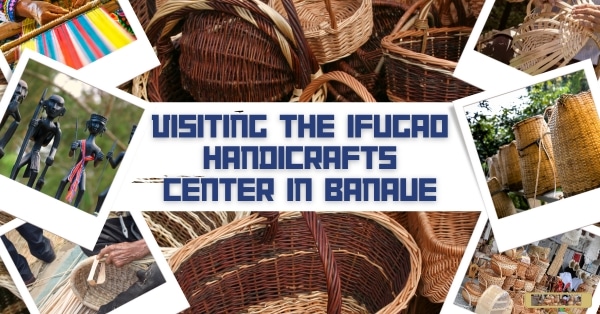Kalinga is a region in the Philippines renowned for its traditional weaving techniques. Founded over 500 years ago, it has long been considered an important source of cloth and textiles.
Kalinga’s native textiles, deeply rooted in history, play a vital role in the region’s cultural tapestry. Traditional weaving techniques, passed down through generations, yield intricate patterns and motifs laden with symbolism. Crafted from indigenous fibers and natural dyes, these textiles are woven by skilled artisans, preserving a rich heritage.
In this blog post, we will explore the history and significance of Kalinga’s native textiles. We’ll also take a look at the traditional weaving techniques, common patterns and motifs, materials used, and notable weavers of Kalinga textiles. Lastly, we will discuss how these textile traditions are evolving into contemporary designs.
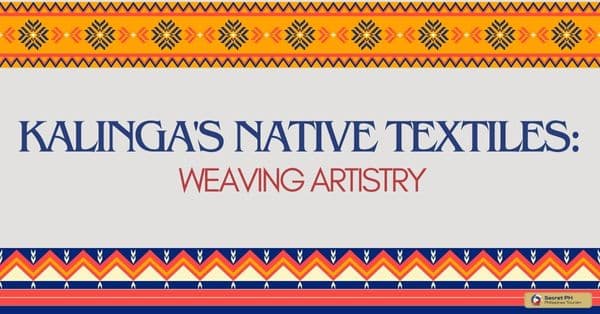
History and Significance of Kalinga’s Native Textiles
The history and significance of Kalinga’s native textiles are a testament to the cultural richness of this indigenous Philippine community. Rooted in centuries-old traditions, these textiles bear witness to the legacy of Kalinga’s ancestors, representing their artistry and cultural identity. Weaving intricate stories into each thread, these textiles have played a vital role in Kalinga society, serving as markers of identity, status, and communal bonds.
Over time, they have evolved, adapting to changing influences, yet always maintaining a deep connection to Kalinga’s heritage. Today, they stand as symbols of resilience, preserving the past while continuing to thrive in a modern world, where their significance extends beyond tradition into the realms of art, culture, and identity.
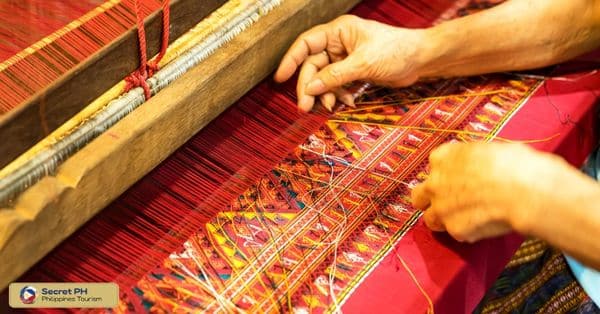
Traditional Weaving Techniques
The traditional weaving techniques of Kalinga are a testament to the skill and artistry of its indigenous people. Passed down through generations, these techniques have played a pivotal role in preserving the cultural heritage of the region. In this section, we delve into the intricate methods and tools used in Kalinga’s traditional weaving.
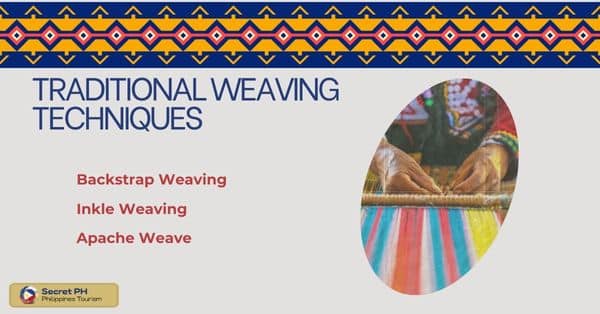
Backstrap Weaving
The most common traditional weaving technique in Kalinga is backstrap weaving, also known as laga or inabel. This technique involves using a loom that is attached to the weaver’s body, typically around the waist. The weaver uses a variety of tools to weave the threads together, including a heddle rod, shedding stick, and beater.
Inkle Weaving
Another traditional weaving technique in Kalinga is inkle weaving. This technique involves using a small, portable loom that is made from two sticks and a cord. The weaver uses their fingers to weave the threads together, creating a narrow band of fabric.
Apache Weave
Apache weave is a more complex weaving technique that is sometimes used by Kalinga weavers to create more intricate designs. This technique involves weaving the threads together in a way that creates a series of diamonds or “eyes” in the fabric.
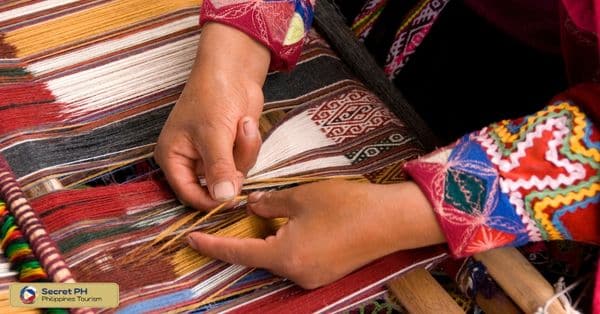
Common Patterns and Motifs
The common patterns and motifs found in Kalinga’s native textiles are a reflection of the rich cultural heritage and artistic expressions of this indigenous Philippine community. Each pattern and motif holds profound meaning and symbolism, contributing to the distinctiveness of Kalinga textiles. Let’s explore some of the common patterns and motifs found in Kalinga’s weaving artistry.
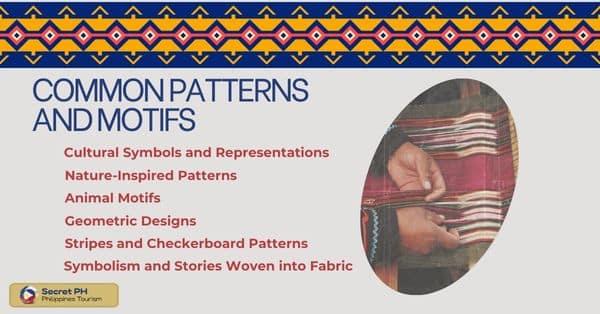
Cultural Symbols and Representations
Kalinga textiles often feature culturally significant symbols and representations. One such symbol is the “lumagen,” a motif that represents unity and strength within the Kalinga community. Another common representation is the “patok,” which symbolizes waves and water, signifying the importance of rivers and the abundant natural resources in Kalinga.
Nature-Inspired Patterns
The natural beauty of the Kalinga province serves as a constant source of inspiration for weavers. Many of their textiles incorporate nature-inspired patterns such as leaves, flowers, and vines. These motifs reflect the close connection between the Kalinga people and their environment, emphasizing their deep appreciation for the natural world.
Animal Motifs
Animals hold symbolic significance in Kalinga culture, and their representations can be seen in the textiles. The “buwaya” or crocodile motif symbolizes power and protection, while the “kab-og” or snake motif represents wisdom and transformation. These animal motifs add depth and meaning to the woven fabrics, reflecting the Kalinga people’s reverence for the animal kingdom.
Geometric Designs
Geometric patterns are another hallmark of Kalinga’s native textiles. Intricate geometric shapes, such as triangles, squares, and diamonds, are meticulously incorporated into the weaves. These geometric designs not only enhance the visual appeal of the textiles but also represent order, balance, and harmony within Kalinga society.
Stripes and Checkerboard Patterns
Stripes and checkerboard patterns are commonly found in Kalinga textiles, adding a touch of sophistication and complexity to the weaves. These patterns showcase the technical skill of the weavers and create visually captivating fabrics that are both traditional and contemporary in their appeal.
Symbolism and Stories Woven into Fabric
Each pattern and motif in Kalinga’s native textiles carries a deeper meaning and tells a unique story. The weaving artistry of the Kalinga people is a way of preserving their cultural heritage and passing down stories from one generation to the next. Through these intricate designs, the textiles become living artifacts that hold both historical and contemporary narratives.
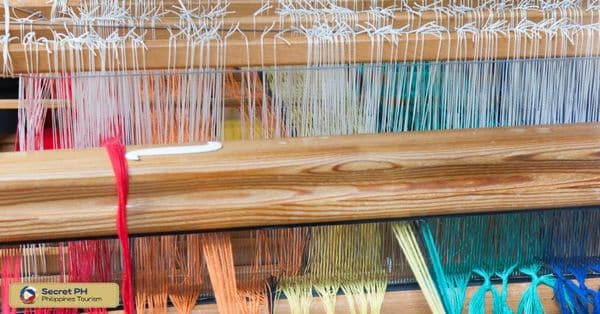
Materials and Natural Dyes
The materials and natural dyes used in Kalinga’s native textiles are a testament to the region’s deep connection with its natural environment and the resourcefulness of its weavers. These materials are carefully selected and prepared. Let’s explore the materials and natural dyes commonly used in Kalinga’s weaving artistry.
- Abaca Fiber– Abaca, also known as Manila hemp, is a widely used material in Kalinga’s textile production. Derived from the stalks of the abaca plant, this strong and durable fiber is meticulously processed and woven to create the base fabric for Kalinga textiles.
- Cotton– Cotton is another commonly used material in Kalinga’s weaving tradition. Soft and breathable, cotton fibers are spun into threads and meticulously woven to produce fabrics with different textures and finishes.
- Rattan Strips– Rattan strips are often incorporated into Kalinga’s textile designs, adding texture and dimension to the fabrics. They are skillfully interwoven with other materials to create intricate patterns and interesting visual effects.
- Natural Dyes– Kalinga weavers have a deep knowledge of natural dyeing techniques, using locally sourced plants, roots, and barks to create a vibrant array of colors. Some commonly used natural dyes include:Indigo: Derived from the leaves of the indigo plant. this natural dye produces shades of blue ranging from pale sky blue to deep navy. Indigo dyeing techniques have been passed down through generations in Kalinga.
Tannin: Tannin, obtained from tree barks and leaves, is used to create earthy brown hues in Kalinga textiles.
Turmeric: The vibrant yellow color of turmeric is extracted from the root of the turmeric plant. It is often used to create bright accents and highlights in the fabrics.
Mangrove Bark: Mangrove bark produces a rich reddish-brown dye that is used to add warm tones to Kalinga textiles.
Annatto: Annatto seeds yield a range of orange and yellow shades, which are used to create vibrant patterns and motifs in Kalinga fabrics.
- Alum as a Mordant– To increase colorfastness and enhance the dyeing process, Kalinga weavers often use alum as a mordant. Alum helps the fibers absorb and retain the natural dyes, ensuring that the colors remain vibrant even after repeated washings.
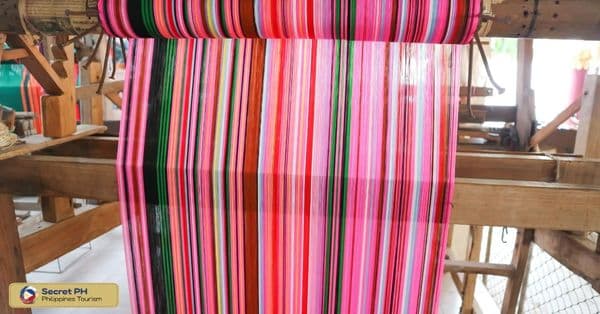
Notable Kalinga Textile Weavers
The tradition of Kalinga textile weaving has been upheld by generations of skilled artisans who have devoted their lives to this craft. These notable Kalinga textile weavers are revered for their expertise, creativity, and dedication to preserving their cultural heritage.
Irene Bawer-Bimuyag: Bawer-Bimuyag is a Kalinga textile weaver and entrepreneur. She is the founder of Kalinga Weaving, a company that produces and sells Kalinga textiles. Bawer-Bimuyag is a recipient of the Gawad sa Manlilikha ng Bayan (National Living Treasures Award), the highest award given to traditional artists in the Philippines.
Narda Ortiz: Ortiz is a Kalinga textile weaver and teacher. She is known for her expertise in traditional Kalinga weaving techniques, such as backstrap weaving and inkle weaving. Ortiz has taught traditional weaving techniques to hundreds of students, both in the Philippines and abroad.
Weaving communities of Butbut, Tinglayan, Kalinga: The weaving communities of Butbut and Tinglayan are known for their beautiful and intricate Kalinga textiles. These communities have a long history of weaving, and their textiles are some of the most sought-after in the Philippines.
These weavers are all highly skilled and respected members of the Kalinga community. They continue to produce beautiful and unique Kalinga textiles that are admired by people all over the world.
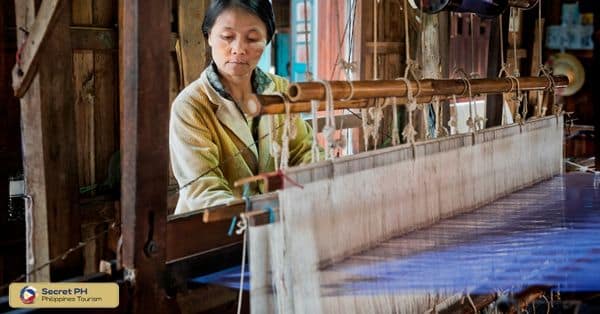
In conclusion
Kalinga’s native textiles are a beautiful and vibrant reflection of the region’s cultural heritage. From traditional weaving techniques to intricate patterns and motifs, these textiles embody the skill, artistry, and resourcefulness of Kalinga’s weavers.
Through their dedication to preserving this craft, they have ensured that the legacy of Kalingatextiles continues to thrive in the modern world. Today, these textiles continue to represent the cultural richness of this indigenous Philippine community and their deeply rooted connection to their history, environment, and identity.

